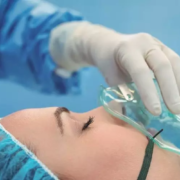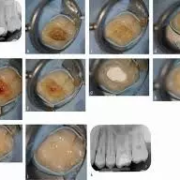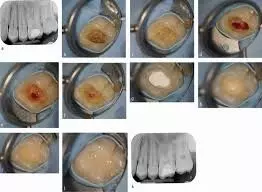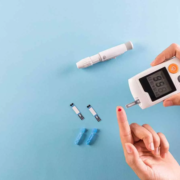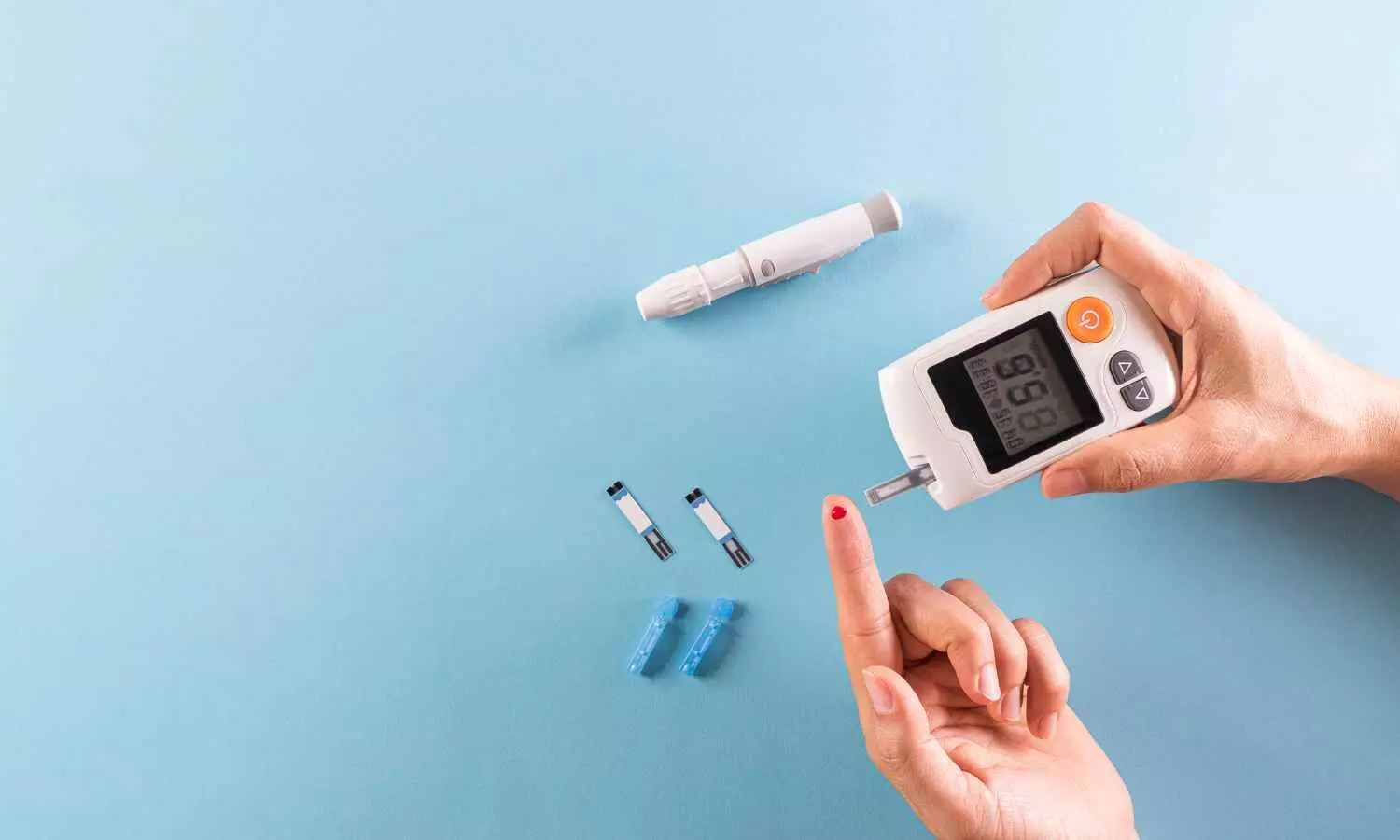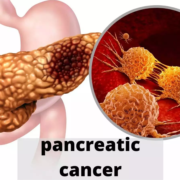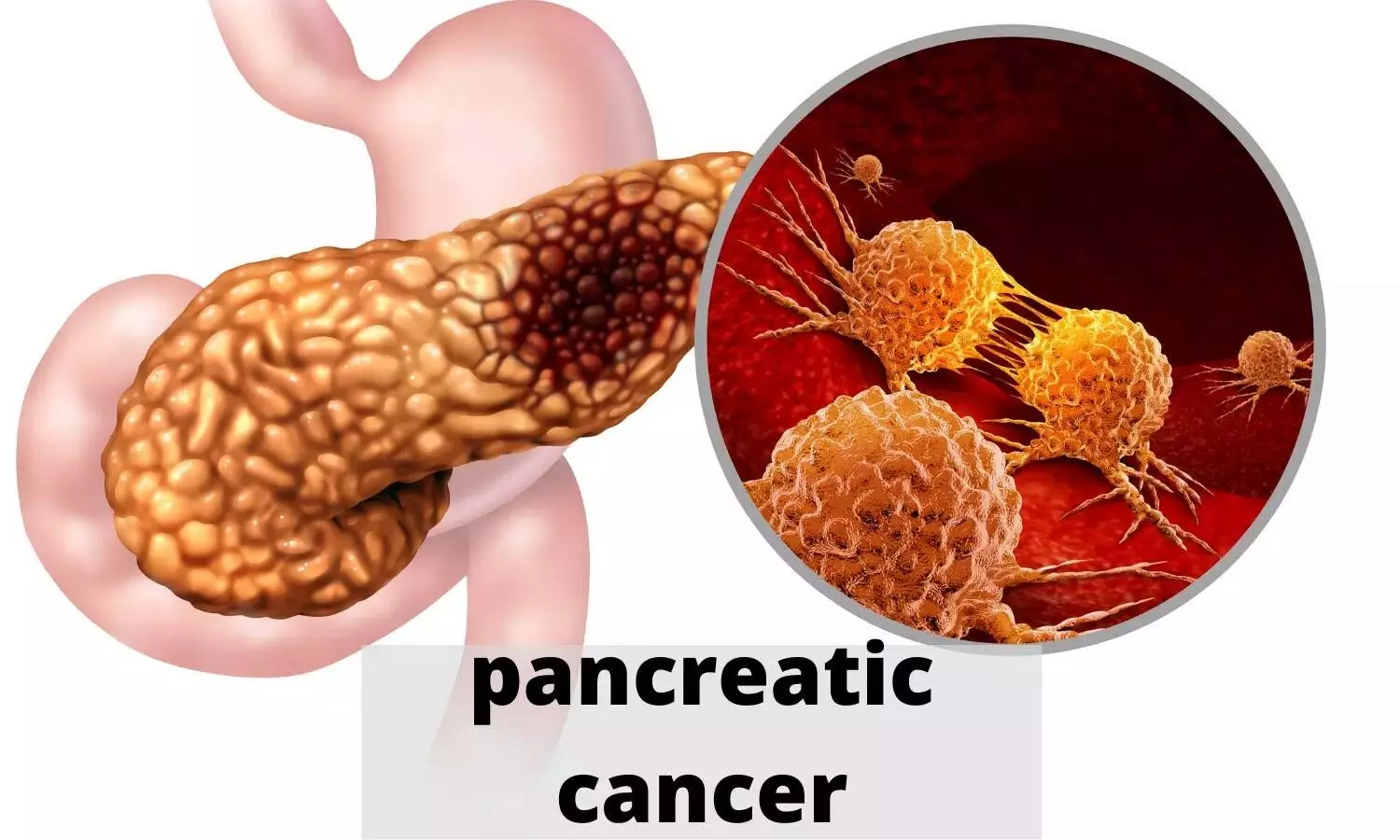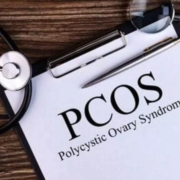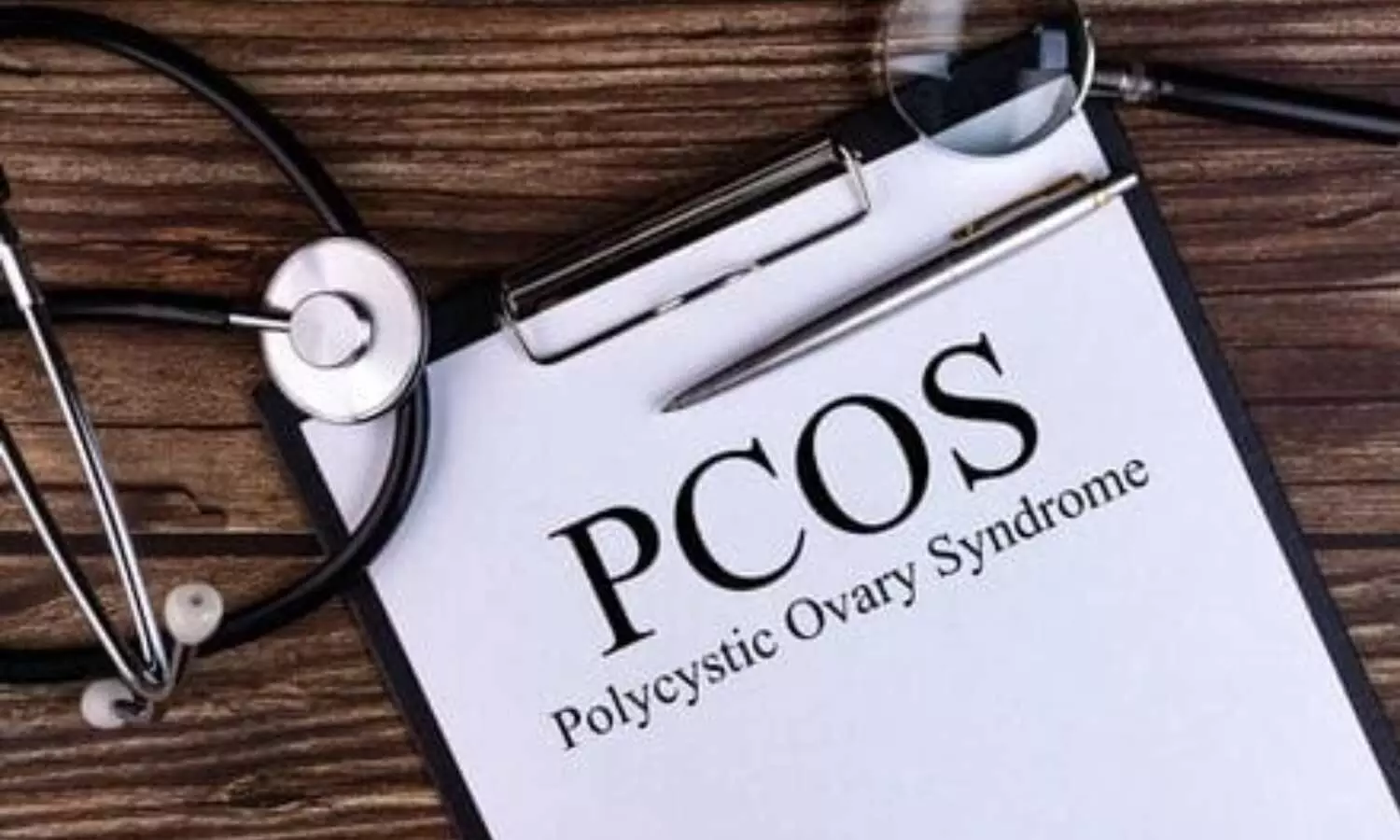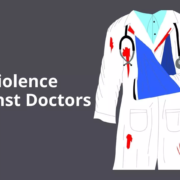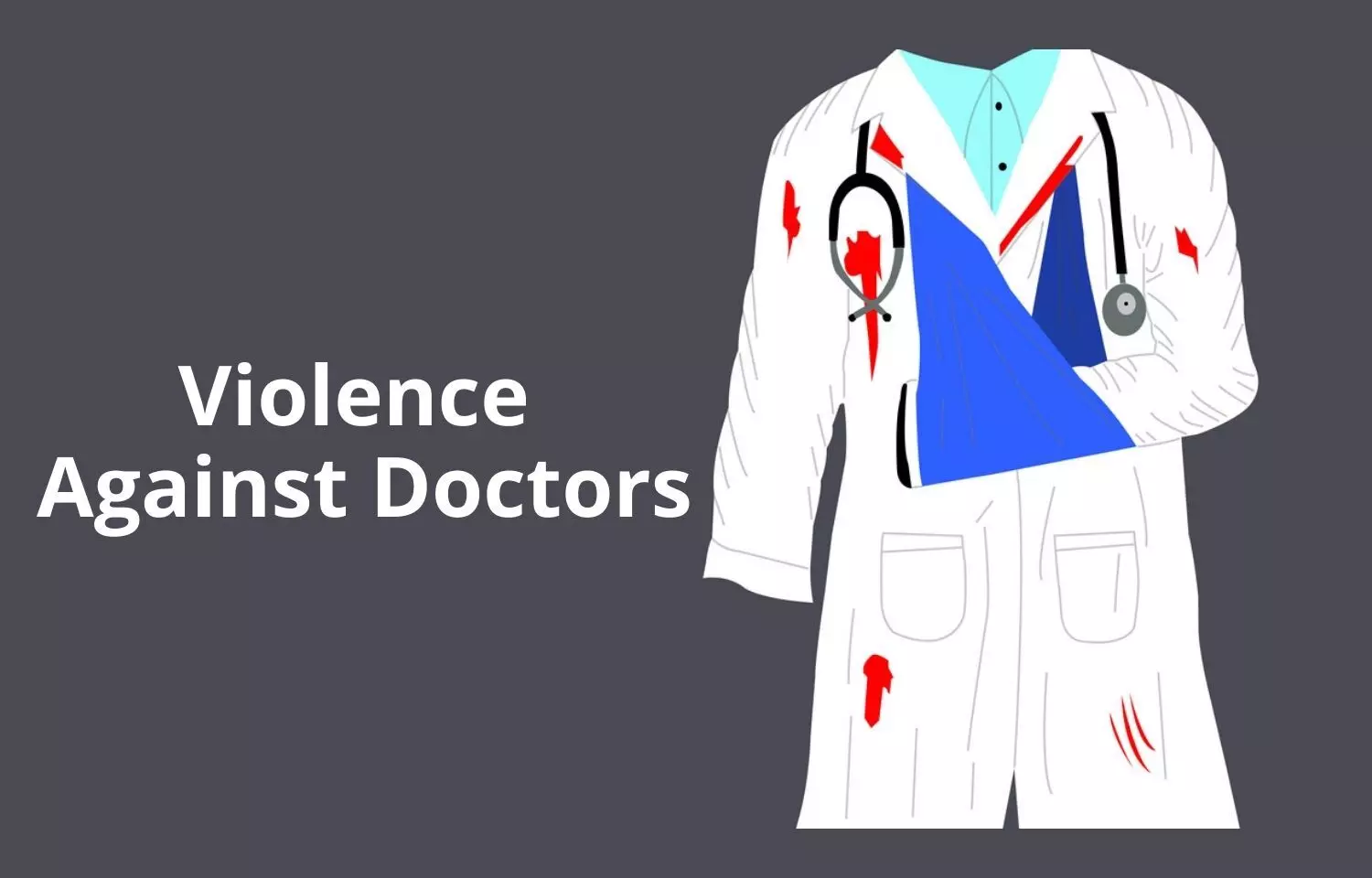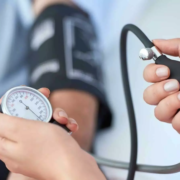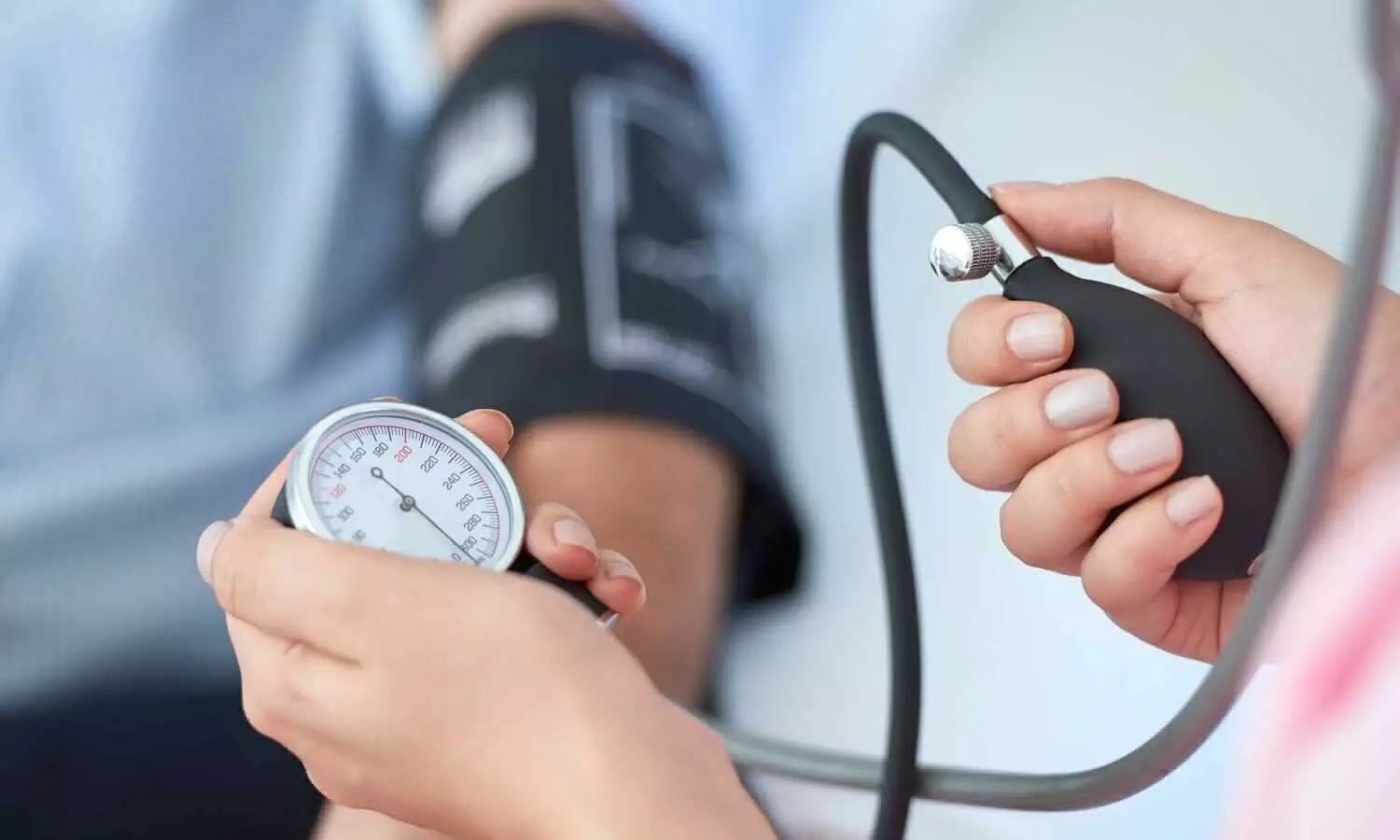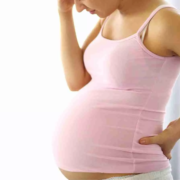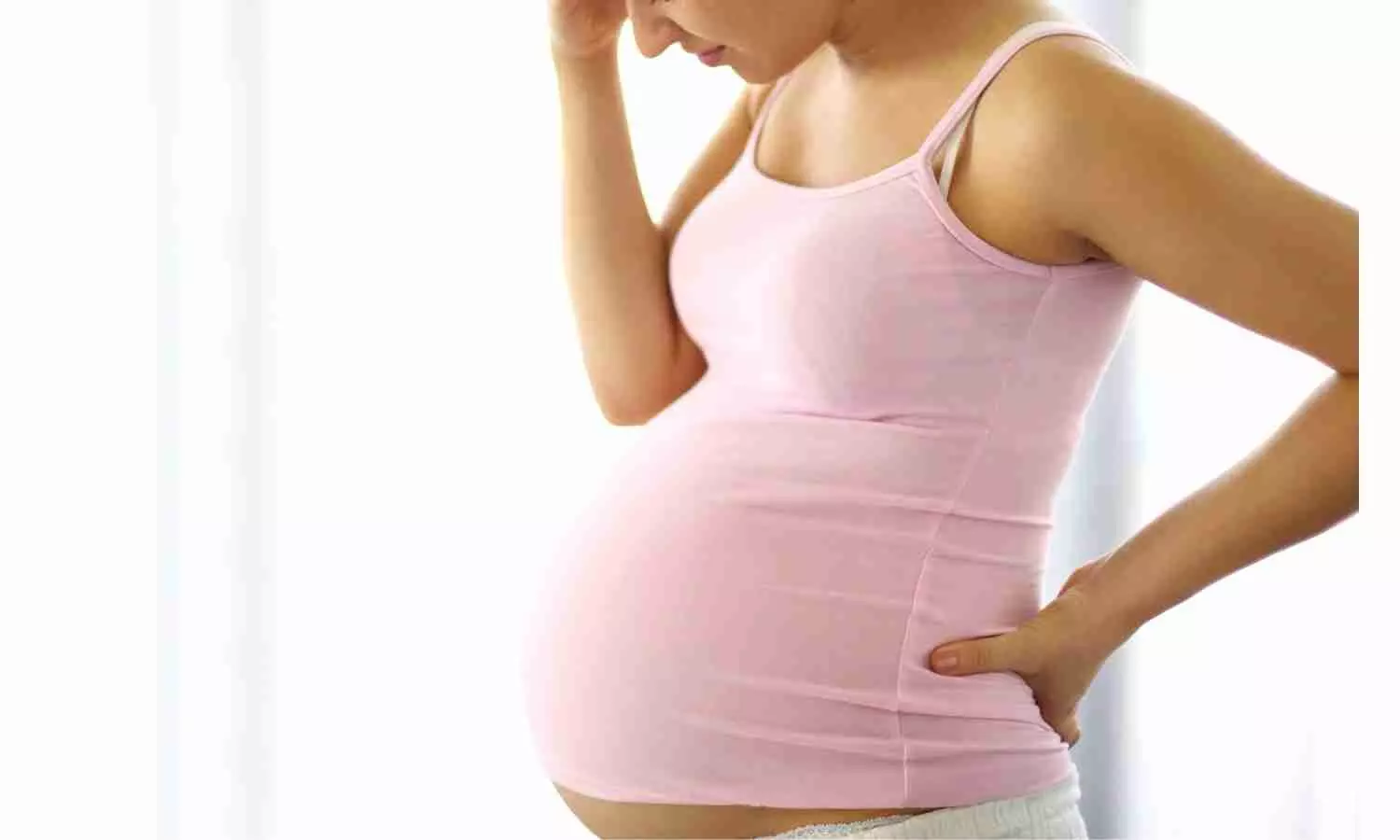Study reveals Power of Generic Remifentanil: A Game-Changer in General Anesthesia
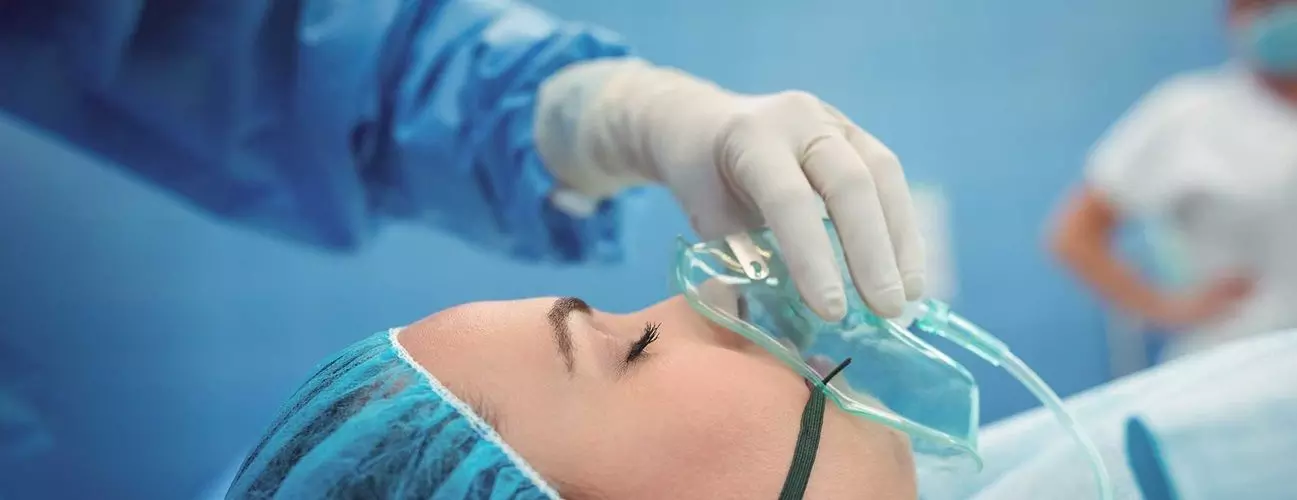
Recent research paper which is a phase III, prospective, multi-centric, observer-blind, randomized controlled trial that compares the efficacy and safety of a generic remifentanil with fentanyl and Ultiva during general anesthesia in the Indian population. The study was conducted at 13 centers in India and included 314 subjects scheduled for elective therapeutic and diagnostic surgical procedures. The primary efficacy endpoint was the haemodynamic response during specific activities such as endotracheal intubation, skin incision, skin closure, and extubation. The results of the study indicated that there were no significant differences in demographic and baseline characteristics across the study groups. Heart rate was found to be similar between the remifentanil and Ultiva groups during the specific activities, whereas the fentanyl group exhibited significantly higher heart rates during these activities. The need for vasopressor and anti-cholinergic drugs was similar across the groups, and no subjects required naloxone administration. The study concluded that generic remifentanil is non-inferior to fentanyl and equivalent to Ultiva for general anesthesia in Indian patients undergoing various surgical and diagnostic procedures. Moreover, it was found that remifentanil offered advantages in terms of optimum haemodynamic stability, fast equilibrating analgesia, and rapid emergence from sedation, making it a suitable alternative to fentanyl.
Research Methodology
The study utilized a robust, observer-blind, multi-center design with rigorous monitoring of haemodynamic parameters. It employed ANOVA, paired t-test, and chi-square/Fisher’s exact test for statistical analysis. The study findings were consistent with earlier research, suggesting that remifentanil effectively attenuates the sympathetic response during intubation and aids in stable haemodynamic control during surgical stress. Despite some limitations, including the limited age range of the subjects and the single geographic focus on India, the study support the non-inferiority of generic remifentanil compared to fentanyl and its equivalence with Ultiva, establishing it as an alternative analgesic component for general anesthesia for various surgical procedures in the Indian population.
Conclusion and Disclosures
In conclusion, the study demonstrated the non-inferiority of generic remifentanil to fentanyl and its equivalence to Ultiva for general anesthesia in the Indian population, making remifentanil a suitable alternative analgesic option during induction and maintenance of general anesthesia in Indian patients. The authors indicated that de-identified data may be requested from the corresponding author and acknowledged the support of Themis Medicare Limited, Mumbai, India, as the study’s sponsor. The authors disclosed their potential conflicts of interest related to the study.
Key Points
– The research paper is a phase III, prospective, multi-centric, observer-blind, randomized controlled trial conducted at 13 centers in India, comparing the efficacy and safety of generic remifentanil with fentanyl and Ultiva during general anesthesia in the Indian population. It included 314 subjects scheduled for elective therapeutic and diagnostic surgical procedures.
– The primary efficacy endpoint was the haemodynamic response during specific activities such as endotracheal intubation, skin incision, skin closure, and extubation. The study found no significant differences in demographic and baseline characteristics across the study groups. Heart rate was similar between the remifentanil and Ultiva groups during specific activities, while the fentanyl group exhibited significantly higher heart rates.
– The need for vasopressor and anti-cholinergic drugs was similar across the groups, and no subjects required naloxone administration. The study concluded that generic remifentanil is non-inferior to fentanyl and equivalent to Ultiva for general anesthesia in Indian patients undergoing various surgical and diagnostic procedures. Remifentanil offered advantages in terms of optimum haemodynamic stability, fast equilibrating analgesia, and rapid emergence from sedation, making it a suitable alternative to fentanyl.
– The study utilized a robust, observer-blind, multi-center design with rigorous monitoring of haemodynamic parameters. It employed ANOVA, paired t-test, and chi-square/Fisher’s exact test for statistical analysis. The findings were consistent with earlier research, supporting the non-inferiority of generic remifentanil compared to fentanyl and its equivalence with Ultiva as an alternative analgesic component for general anesthesia for various surgical procedures in the Indian population.
– In conclusion, the study demonstrated the non-inferiority of generic remifentanil to fentanyl and its equivalence to Ultiva for general anesthesia in the Indian population. The authors indicated that de-identified data may be requested from the corresponding author and acknowledged the support of Themis Medicare Limited, Mumbai, India, as the study’s sponsor. The authors disclosed their potential conflicts of interest related to the study.
Reference –
Hemantkumar I, Swain AK, Mishra M, Singh S, Gurudatt CL, Giridhar JB. Efficacy and safety of a generic remifentanil formulation versus fentanyl and Ultiva during general anaesthesia: A phase III, prospective, multi‑centric, observer‑blind, randomised controlled trial. Indian J Anaesth 2024;68:985‑95
Powered by WPeMatico

